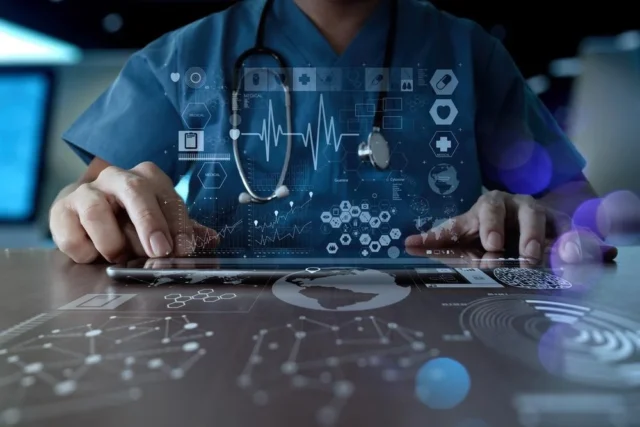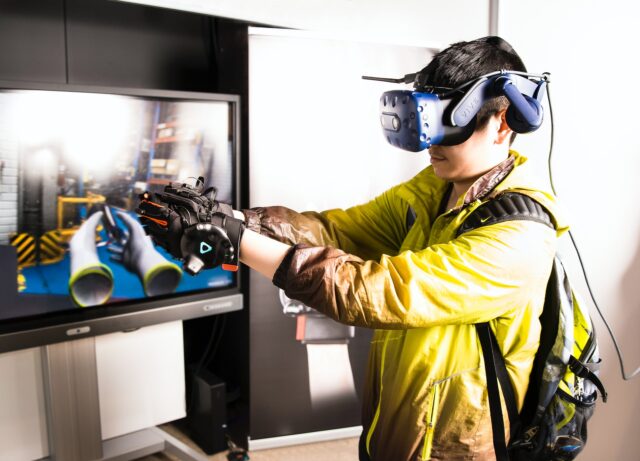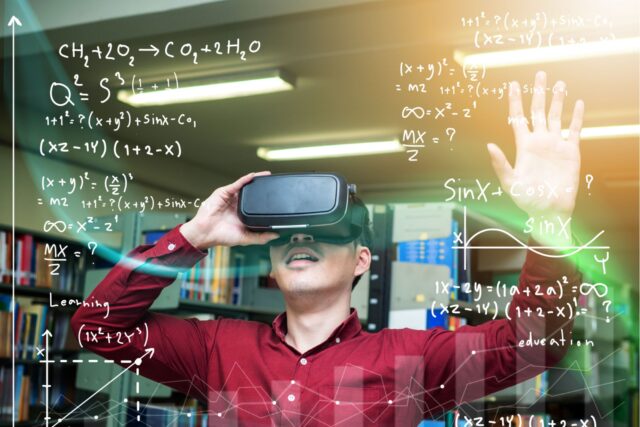The modern world has been witnesses to some of the most astounding technological advancements and change ever. From entertainment to communication, the ways in which technology has improved our lives are countless. Technology is the driving force behind many of today’s most exciting innovations and has the ability to revolutionize how we live, work and learn in the coming years.
Today’s world is dominated by technology. In fact, it is nearly impossible to live a life free of it. Whether we are at work, home, school, or on vacation, we are constantly surrounded by various forms of technology that make it possible for us to live our lives more comfortably and efficiently than ever before. Thanks to developments in science and technology over the past several decades, it is now possible for us to enjoy everything from advanced medical care to in-home entertainment, all thanks to the many incredible technological innovations that have come our way in recent years. Here is a look at how technology has improved three areas of society and the possibilities for the future.
1. Medicine

One of the many ways in which technology has impacted our daily lives is through advancements in medical science. Advancements in medical technology have been instrumental in improving the diagnosis and treatment of a wide range of illnesses and conditions – allowing doctors and healthcare providers to deliver more effective medical treatments to those in need.
We can expect to see even further development in the coming years especially in the application of 3D printing for medical purposes. 3D printers are devices that can be used to create three-dimensional objects from computer data using additive manufacturing technology. The technology has a wide range of applications in the healthcare industry, including the production of artificial body parts and prosthetics, surgical tools and implants, and medical instruments and laboratory equipment. In recent years, researchers have also begun experimenting with 3D printed tissues and organs that could be used in the future for the treatment of a number of different medical conditions.
2. Gaming

Technology has revolutionized the way that we spend our leisure time. The advancement of technology has led to the creation of new games that offer incredible visual and audio effects. It has also led to the development of online gambling sites that provide players with a wide range of games to choose from. It is only a matter of time before the gaming companies develop the next generation of gambling technology. Some of the technologies that are currently being used in the industry and explore how they could shape the future of the gambling industry, include the use of virtual reality. Virtual reality (VR) is a computer-generated simulation of a three-dimensional image or environment that can be interacted with in a seemingly real or physical way by a person using special electronic equipment such as a helmet with a screen display or a headset that immerses the wearer into the VR experience. It provides players with a more immersive experience. It can be used to enhance gameplay by creating incredibly realistic graphics and sounds. It can also be used to create games for mobile devices so players can enjoy them even when they are on the move. In the future it may be possible to play a spin gratis from the comfort of home but within the surrounds of a real casino.
3. Education

In the future, technology will play an even more important role in education by providing teachers with additional tools to help improve their students’ learning experiences. Examples of the types of technologies that are already being used in schools include virtual reality classrooms, interactive whiteboards, and tablets. These technologies are making it possible for teachers to bring the world into the classroom and provide students with unique learning opportunities they wouldn’t have access to otherwise.
As new technologies continue to emerge, they will help shape the future of education by making it easier for teachers and students to collaborate. For example, recent studies have shown that the use of group messaging apps in the classroom can be beneficial for students and teachers alike. These apps allow students and teachers to communicate in real time, which makes it easier for them to work on projects together. According to research conducted by Microsoft, these types of tools can help to improve classroom communication and reduce the amount of time it takes to complete assignments.
In addition to helping improve communication between students and teachers, new technologies can also be used to enhance other aspects of the learning experience. For example, schools are using tablets and touchscreen devices to help give students access to thousands of educational resources that would be difficult or impossible for them to access otherwise. These devices also provide students and teachers with an opportunity to collaborate and share resources quickly and easily without having to access traditional learning environments such as libraries or computer labs.






